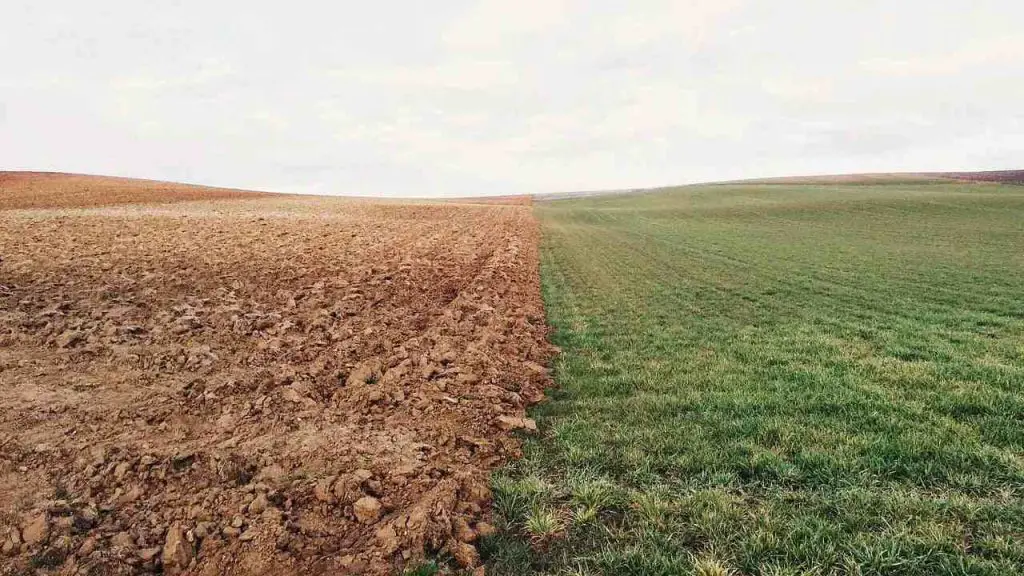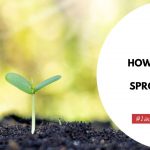Have you ever stopped to think about the different types of soil? Probably not, because most of us don’t think about soils unless we’re gardeners or farmers. But there are actually several different types of soil, each with its own unique characteristics.
In this blog post, we’ll focus on two specific types of soil: transported and residual. We’ll discuss how is transported soil different from residual soil and why they’re important. Stay tuned!
What Is Transported Soil?
Transported soil is any type of soil that has been moved from one location to another by some external force. The main types of transported soil are alluvial, colluvial, and aeolian.
Alluvial soil is deposited by moving water, such as in a river or floodplain. Colluvial soil is moved by gravity, such as when a landslide or mudslide occurs. Aeolian soil is moved by the wind, such as when sand dunes form.
Soil can also be transported by human activity, such as when construction equipment moves dirt from one location to another. Transported soil is an important part of the global environment and plays a role in many different types of ecosystems.

What Is Residual Soil?
Residual soils are those that form in their current location, as opposed to alluvial or transported soils. Residual soils are made up of parent material that has broken down through weathering processes, like wind and rain.
The type of parent material (rocks, minerals, etc.), along with the climate (temperature and rainfall) and the amount of time that has elapsed since formation, all contribute to the characteristics of residual soils.
Because they form in their current location, residual soils often have a deep profile with well-developed horizons. They are also typically nutrient-rich and have good drainage.
However, because they are formed from parent material, they can also be very rocky and difficult to cultivate. As a result, residual soils are often used for forestry or grazing land rather than agriculture. Despite these challenges, residual soils can be extremely productive if managed correctly.
How Is Transported Soil Different From Residual Soil In Terms Of Composition And Function?
Transported soil is different from residual soil in terms of composition and function. Transported soil is composed of weathered rocks and minerals that have been moved by wind, water, or ice. This type of soil is typically found in locations that have experienced erosion.
In contrast, residual soil is composed of Parent Material that has been weathered but not transported. This type of soil is typically found in locations that have not experienced erosion.
Both types of soils are important for supporting plant life. However, transported soil is often more fertile than residual soil because it contains a higher concentration of nutrients. In addition, transported soil typically has a lower pH than residual soil.
As a result, plants that are adapted to growing in transported soil may not thrive in residual soil.
The Benefits Of Using Residual Soil Instead Of Transported Soil
Residual soil is the type of soil that forms in place due to the weathering of bedrock. The rate at which this happens is very slow, taking millions of years. In comparison, transported soil is the type of soil that has been moved by water, wind, or ice. It can also be a mix of both types of soil.
When it comes to gardening and agriculture, using residual soil is often better than using transported soil.
For one thing, residual soil is more nutrient-rich because it contains minerals that have been slowly released from the bedrock over time. This means that plants will be able to grow more quickly and thrive more easily in residual soil.
In addition, residual soil typically has a higher pH level than transported soil, making it more hospitable for certain types of plants. Finally, residual soil tends to be more structurally stable than transported soil, meaning it is less likely to experience compaction or erosion.
For all these reasons, it is generally best to use residual soil whenever possible. However, there may be some instances where transported soil is a better option.
For example, if the area where you are gardening has very poor drainage, using transported soil that contains sand can help to improve drainage and prevent plant roots from Rotting.
Why Residual Soil Has Better Engineering Properties As Compared To The Transported Soil?
Residual soil is the one that is left in its place of origin while transported soil is the one that is moved from one place to another. Residual has better engineering properties as compared to transported soil.
The main reason for this difference is particle size distribution. In residual soil, the particle sizes are well sorted while in transported soil, the particle sizes are not well sorted. This difference in particle size distribution leads to different pore sizes in the two soils. Pores are the spaces between the particles.
Different pore sizes lead to different permeability and shear strength values. Permeability is a measure of how water flows through a given material while shear strength is a measure of a material’s resistance to failure when sheared or pulled apart. Thus, residual soil has better engineering properties, mainly due to its better particle size distribution.
Tips To Reduce The Amount Of Transported Soil That Is Used In Our Communities
It is impossible to eliminate all transported soil but there are ways we can work together to reduce the amount that is used in our communities. One way to reduce the amount of transported soil is by using native plants.
Native plants have evolved over time to be well-suited to the climate and soil conditions in their local area. As a result, they require less water, fertilizer, and pesticide than non-native plants.
In addition, native plants provide a habitat for local wildlife and help to preserve the local ecosystem. Another way to reduce the amount of transported soil is by composting kitchen scraps and yard waste. This will help to reduce the amount of waste that ends up in landfills, and it will also create a valuable resource for gardeners and farmers.
Finally, we can all take steps to reduce erosion in our own yards by avoiding activities that disturb the soil, such as driving on steep slopes or removing too much vegetation from hillsides. By working together, we can make a big difference in reducing the amount of transported soil that is used in our communities.
Latest Posts:



